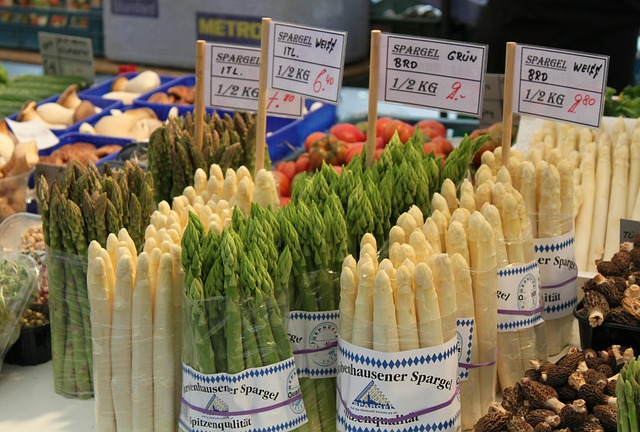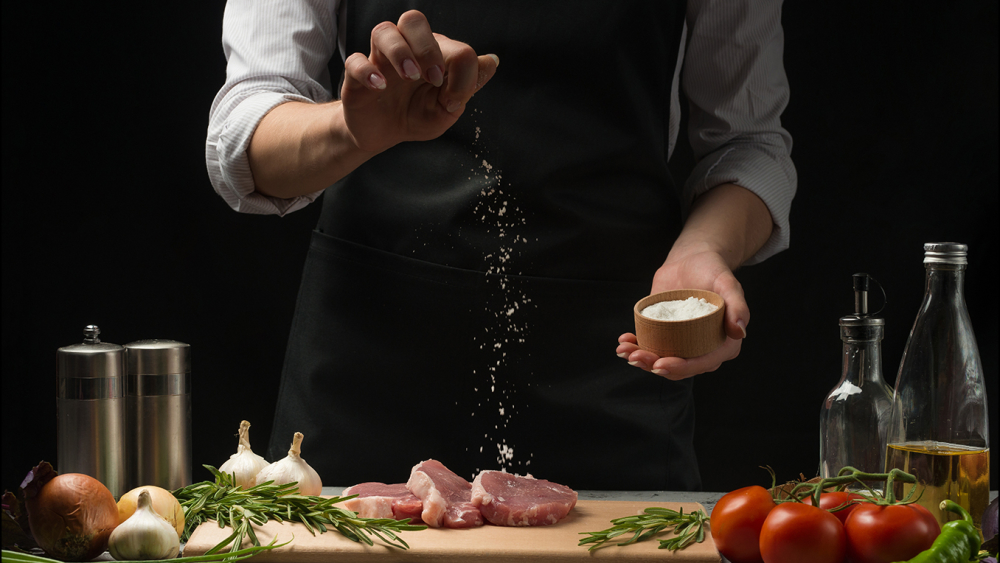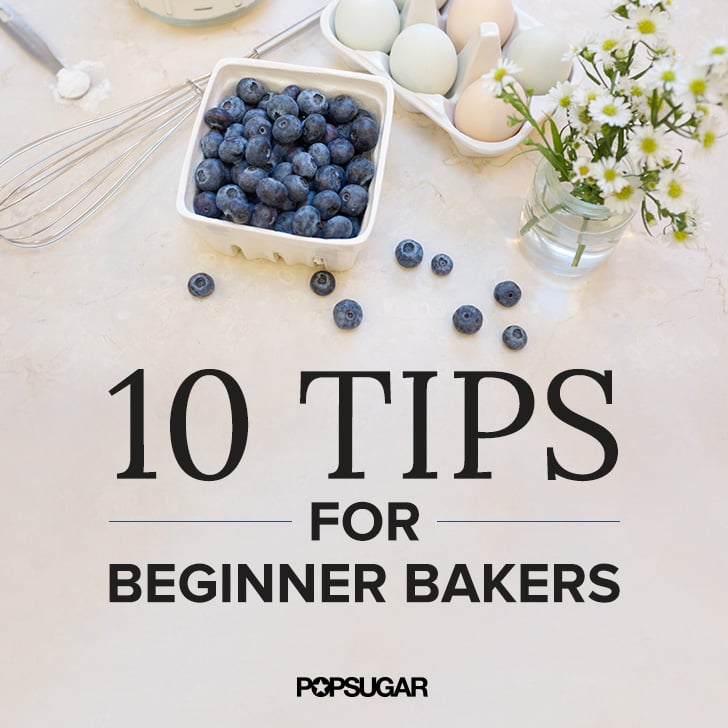
Your children should be able create a simple but effective list of cooking skills. These skills include creating innovative recipes, as well as ensuring safety in the kitchen. Here are some tips that will help you develop these important skills in your children. Here's one example of a checklist:
List of essential culinary skills
To be a chef, you must have a solid understanding of how to prepare good food. These skills include knowing how to determine the freshness of ingredients and prepare meats, fruits, or vegetables. They also know how to convert standard recipes into larger batches. A chef should have excellent time management skills, and an acute sense of taste and smell. In addition, he or she should be able to properly handle knives and food equipment.
Sauteing is an adaptable cooking method that can be used for many different ingredients. Sauteed shrimp in garlic butter and light sauteed vegetables are delicious. Braising, which is one of the oldest cooking methods, involves boiling over an open fire. While it's a basic skill, it can still be very useful. You can learn how to boil a meal and become a great cook. It is important to be able to use a knife safely.
Creativity in cooking
Creativity is key to success when preparing meals. These recipes not only show your creativity but also demonstrate your skills. Divergent thinking is also known as creative thinking. It allows you to think outside the box to come up with innovative ideas. This skill is essential for a career in cooking, as it allows you to try new flavors and cooking techniques and impress customers. Employers will appreciate your creative thinking and the ability to create new recipes. Think of different flavors, and think up interesting themes. Try brainstorming and researching cooking methods to improve your creativity.

One problem with defining cooking skills, is that they are inconsistent. The authors are not able to agree on which skill is more important. However, they do agree that it should be redefined. They believe that the definition of skill should be derived from the "Golden Age", which was when people were able to cook basic meals. We must encourage the development of these skills and their continued use to ensure a vibrant and healthy future for food.
Developing a safe environment in a kitchen
You must create a safe environment for staff in commercial kitchens. The kitchen can be a potentially dangerous place with electrical appliances, bacteria, and an open fire in the oven. First, you need to make a plan for your kitchen's cleanliness. Second, ensure that safety equipment is in place. It is important to ensure children are not left unattended in the kitchen. Properly training employees and implementing a safety plan can go a long way to preventing accidents.
For all kitchen staff, fire-resistance training and fire safety training are essential. Fire-safety training is available through local fire authorities. It is important that kitchen staff know where fire extinguishers or fire blankets are located, how they operate, and how to manually activate the fire-suppression systems. As needed, employees should be trained in CPR and emergency first aid. When possible, kitchens should have non-slip flooring and mats.
How to identify food safety hazards
You must identify food safety hazards before you prepare any meal, or cater for special occasions. It is essential to identify possible hazards when preparing food. Failure to identify potential hazards could lead to brand damage, regulatory action, and even brand destruction. Codex HACCP compliance is crucial for food businesses, and identifying hazards is a fundamental requirement.

There are many hazards that could be dangerous for humans. They can be from people, plants, packaging, or both. Different physical hazards have different probability of causing disease or injury. These hazards may not be inherently dangerous. But they must be detected and eliminated before they can cause any harm. To identify potential hazards and to determine how to reduce them, it is important that you identify the source of the problem. You can also inspect the product for signs of potential hazards.
FAQ
Where can I purchase high-quality kitchen equipment
You can purchase high-quality kitchen equipment online. There are many online shops that sell all sorts of kitchen tools. You should read user reviews and ratings before purchasing any kitchen tools. If you have similar items to purchase, ask your friends and family if they would recommend them.
How much does culinary school cost?
The cost of a culinary school depends on where you are, how much you study, and what program or course you choose. Tuition costs range from $10,000 to $30,000. The average student graduates with $20,000 in debt. Some programs offer scholarships, grants, or work-study opportunities.
Which career path is best for someone who wants a career as a chef or chef? How can I get started in my career as an chef?
You should start as an apprentice if you are interested in becoming chef. Apprenticeships allow you to work for several years without paying any tuition fees. You can apply to become a sous-chef after you have completed your apprenticeship. Sous chefs supervise cooks and assist them with tasks like making salads and desserts. They oversee all aspects of the restaurant's operation.
Statistics
- On average, chefs earn $58,740 a year, according to the BLS. - learnhowtobecome.org
- The median pay for a chef or head cook is $53,380 per year or $25.66/hour, according to the U.S. Bureau of Labor Statistics (BLS). (learnhowtobecome.org)
- under 10 Kids have been taught that there is special food just for them, and Fiese says that 10 percent of kids will throw a tantrum if they don't get the food they want. (washingtonpost.com)
External Links
How To
How to make an omelet that is perfect
Omelets are one of my favorite foods to eat at breakfast. But how do you create them perfectly? I've tried many different methods and recipes, but none of them seem to work! Today, I'd like to share some tips with you in order to make delicious and fluffy omelets every day.
When making omelets, it is important to be aware that eggs can be temperamental. It is important that eggs are fresh from an organic market and kept cool until used. The yolks and whites will not form properly if they aren't kept cold enough. This makes your omelets look weirdly colored. If you're going to cook them immediately, it is best if the eggs are still warm.
Another tip is to separate each egg before adding them to the saucepan. You don't want the white to get mixed with the yolk, as this could cause the egg to curdle.
You might burn the bottom of the egg if you place the egg directly on the stovetop. This could ruin the texture of your omelet. Instead, place the egg in the microwave for 10 second before you put it in the skillet. The microwave heat is sufficient to cook the egg without overcooking.
Next, let's discuss mixing the eggs. You want to mix the eggs thoroughly before you add them. You can do this by turning the bowl of your mixer upside down. Now shake the bowl vigorously. By doing this, the egg is thoroughly mixed with the air in the bowl.
Now comes the fun part - pouring the milk into the mixture. Fold the eggs in the milk mixture by first pouring half of it into the egg whites. If you still see streaks of eggs, don't worry. These streaks will disappear once the omelet has been turned over.
After you have folded your eggs, heat up the oil on medium heat. Wait for it to get hot. Add 1/4 cup butter to the oil and swirl it around to coat all sides of the pan. Now carefully crack open the lid of the pan and sprinkle salt into the pan. A pinch of salt will help prevent the omelet from sticking to the pan.
Once the omelet has formed, cover the pan again and wait for the top side to set completely. Flip the omelet upside down or with a spatula. Cook the other half for another minute. Take the omelet out of the pan and immediately serve.
This recipe works best with whole milk, but skimmed milk also works.